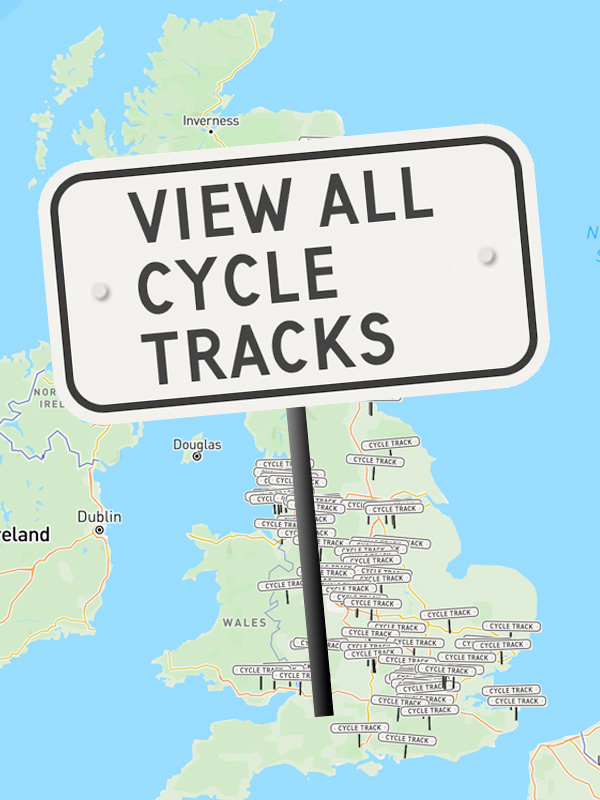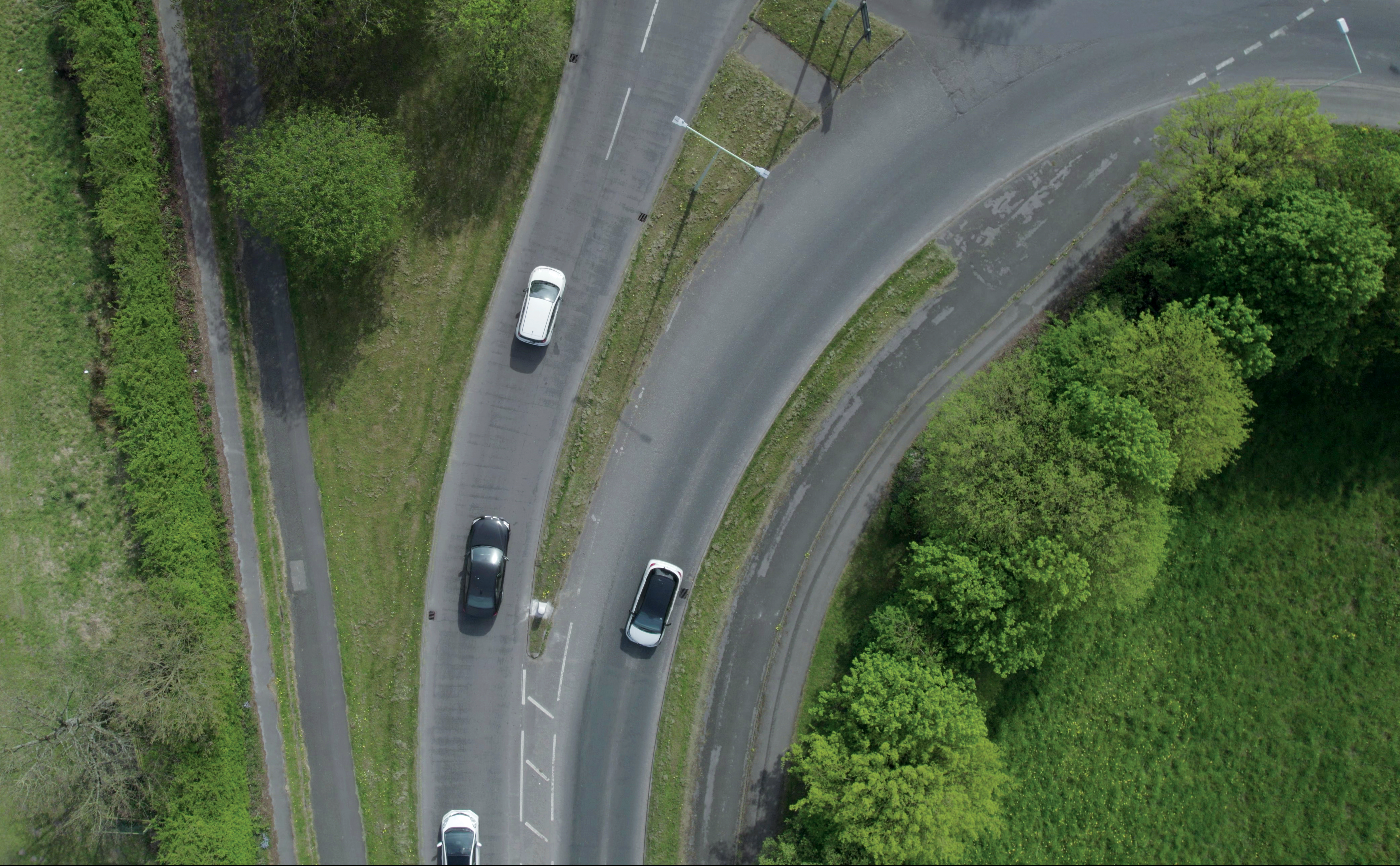
Cycle tracks and footways on both sides of Euxton Lane.
The installation of the exemplary cycle tracks on Euxton Lane was in anticipation of the influx of thousands of workers that would build the adjacent Royal Ordnance Force factory of ROF Chorley. (According to a 1938 news reel, ROF Chorley was built by 12,000 men; a gala day to celebrate the opening of the factory was opened by the “Queen of Lancashire,” singer Gracie Fields.)
“With the coming of a new munitions works to Euxton, near Chorley, some very big problems have to be faced by the Chorley Corporation and Chorley Rural District Council,” reported the Lancashire Evening Post in 1937. The new factory employed over 1,000 production workers by the outbreak of WWII, rising to 40,000 at the height of the war.
Construction of the factory had started in January 1937, with locals complaining about the rowdiness of Irish builders, many of whom were housed in ROF-owned huts at Leyland, an “eight mile area of isolated hutments,” stated the Post in 1939.
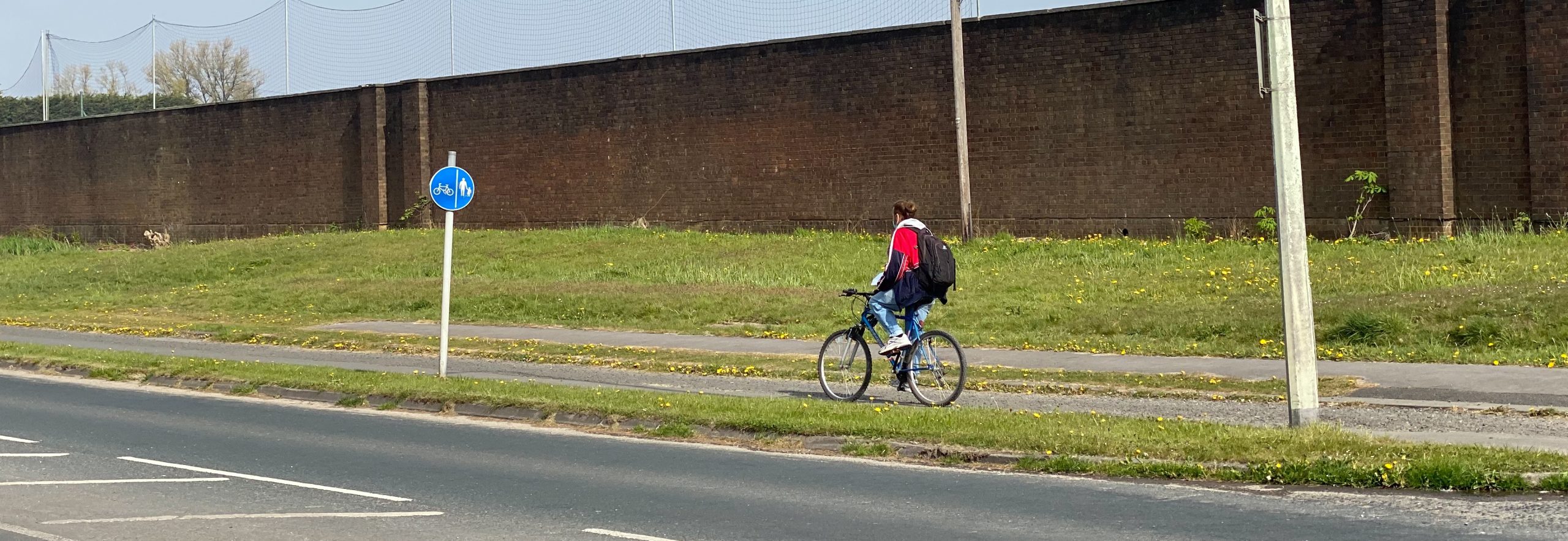
Cycle track and footway are well-defined on some parts of Euxton Lane.
Euxton Lane was widened — with footways and cycle tracks included — at roughly the same time as the building of ROF Chorley. Unlike local authority built road schemes of the era, which could take two, three or more years to build up to five miles of dual carriageway roads and cycle tracks, those connected to the war effort were built speedily. With 12,000 men, it would be possible to build roads, rail-lines and factory buildings for a site such as ROF Chorley within a year
(According to local historian Steve Williams, ROF Chorley was used to fill the “bouncing bombs” used in the famous Dambusters raid of May 1943.)
“It was stated at the monthly meeting of Chorley Town Council … that Euxton-lane, running from the Chorley-Preston main road to the Preston-Wigan road at the Bay Horse, Euxton, and passing the front of the new ordnance factory, is to be a standard width of 80 feet, and will include footpaths, dual carriageways, and cycle tracks,” reported the Post in April 1937.
The Euxton Lane cycle track on the north side of the road links in with the period-looking cycle tracks on Central Avenue. During WWII, Central Avenue (then known as Central Road) was the main road through ROF Chorley. The road was renovated, with the addition of cycleways, in 2006.
The “village” of Buckshaw is on the site of the former base.
The 1938 cycle track on the north side of Euxton Lane may continue past the Westway roundabout through to the local hospital but this has not been confirmed from period sources. Visually, the tracks appear to be both contiguous and similar.
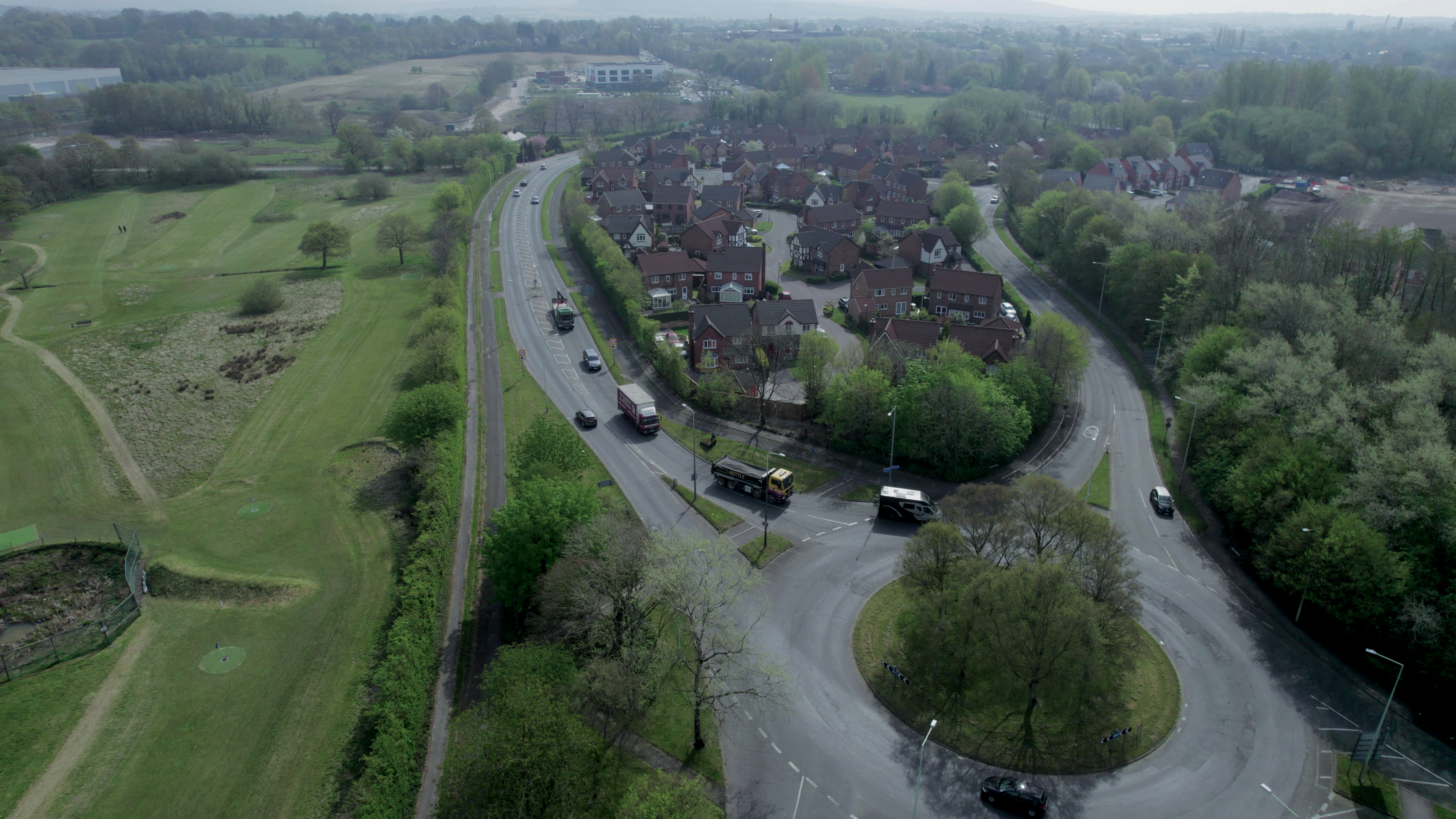
Cycle tracks and footways — period, probably — heading to the local hospital, both sides of the road.
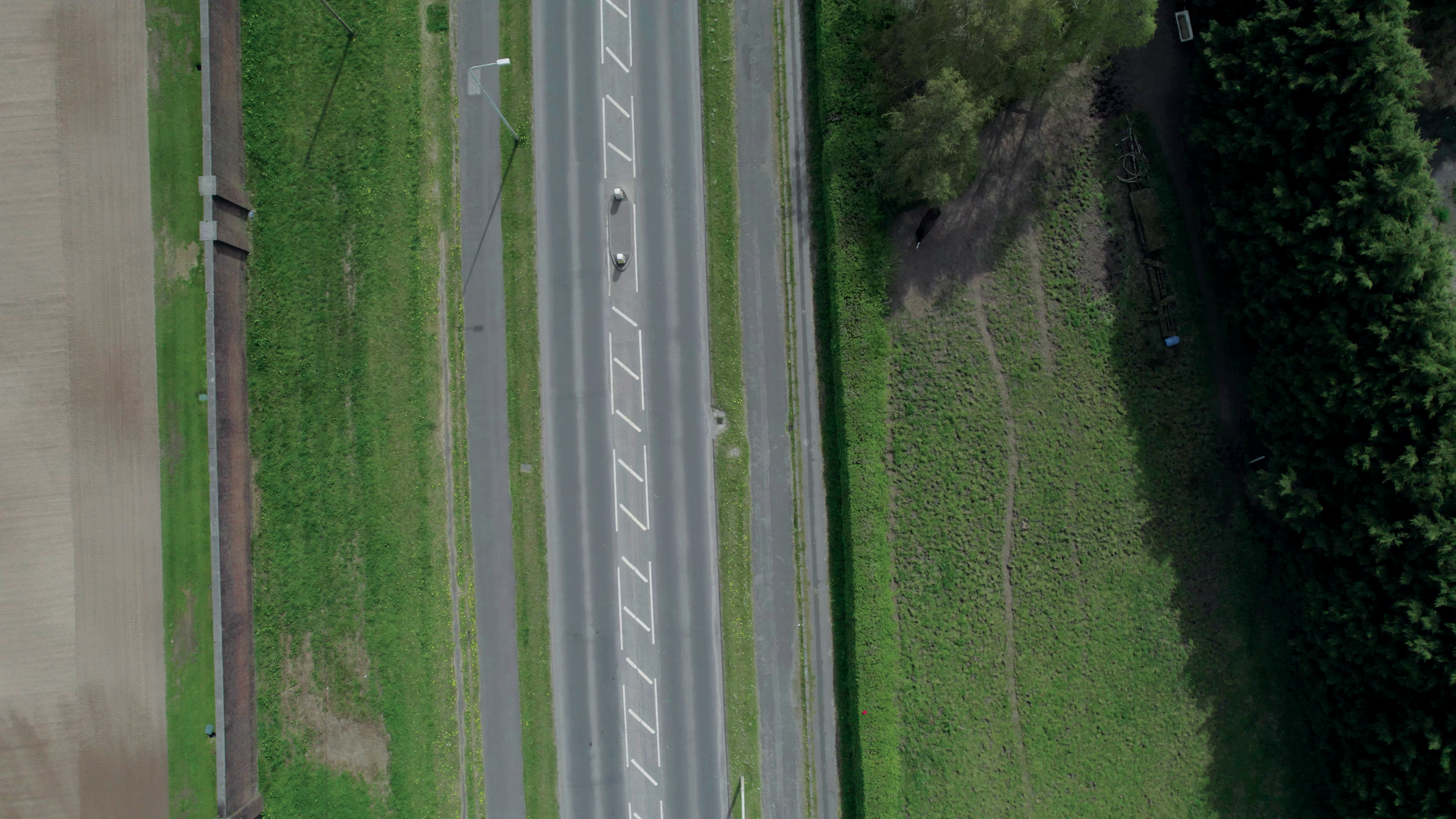
Footway on left side of Euxton Lane fades to almost nothing.
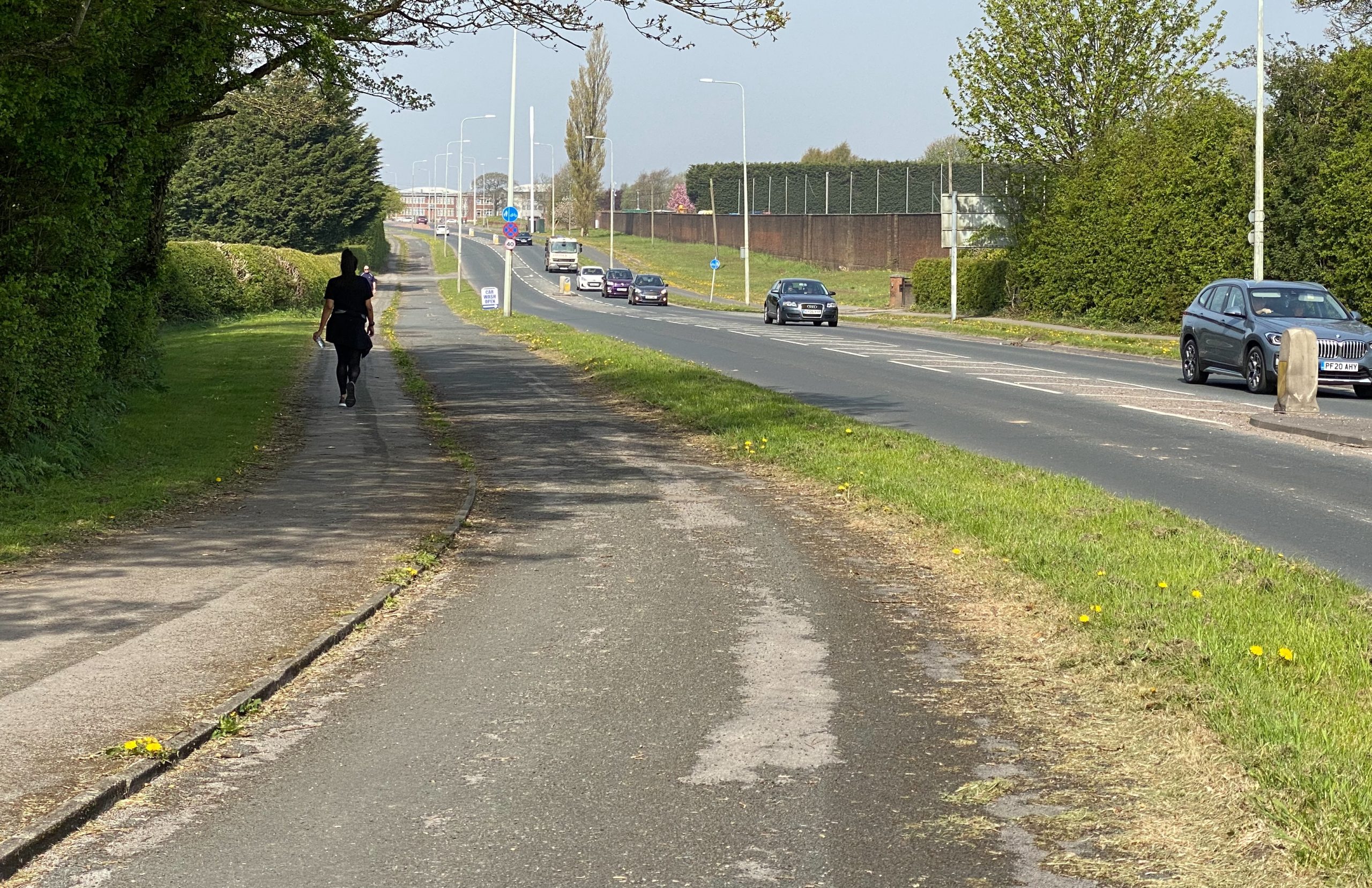
Cycle track and footway heading towards Buckshaw Village on the site of the former ROF Chorley.
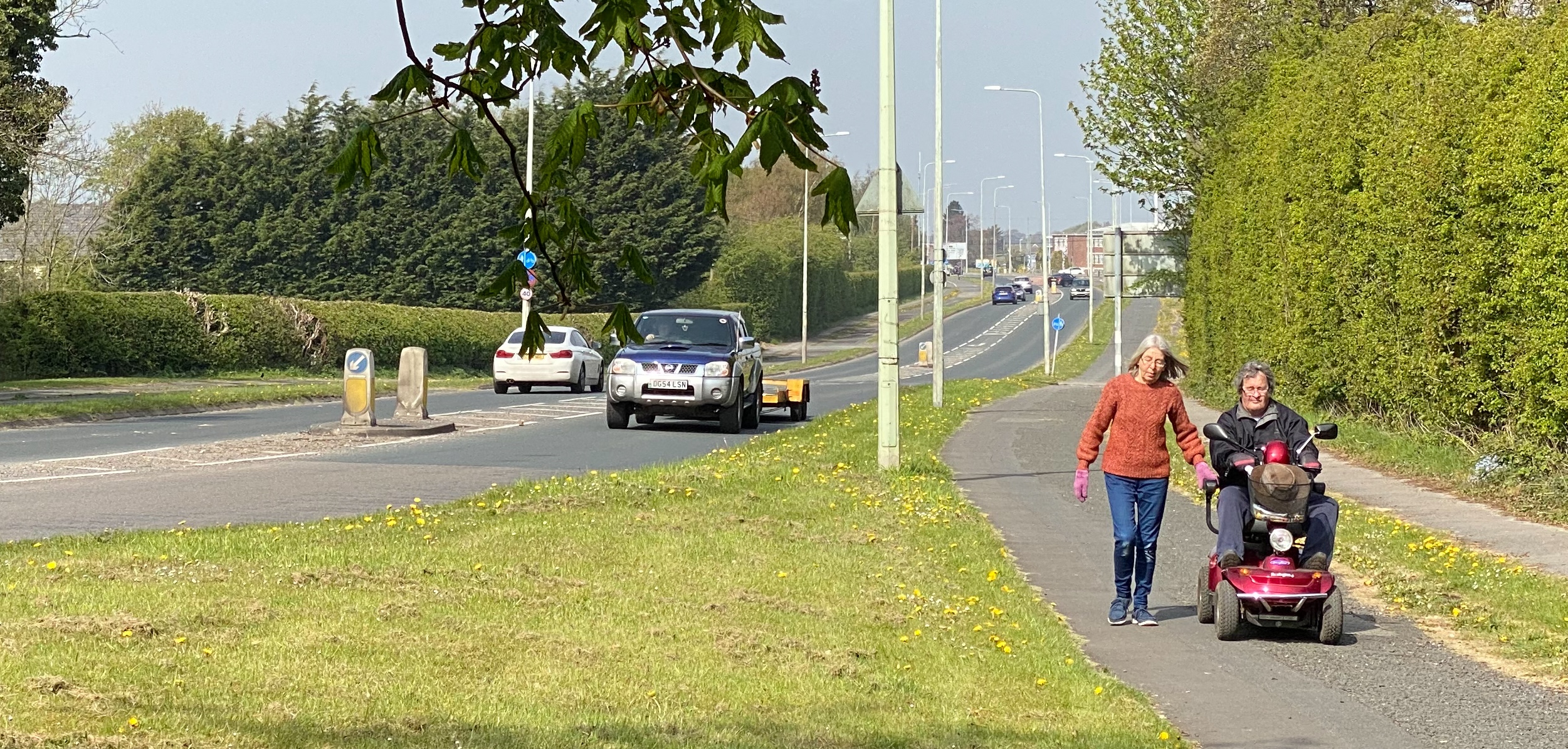
Euxton Lane cycle track isn’t just used by cyclists.





